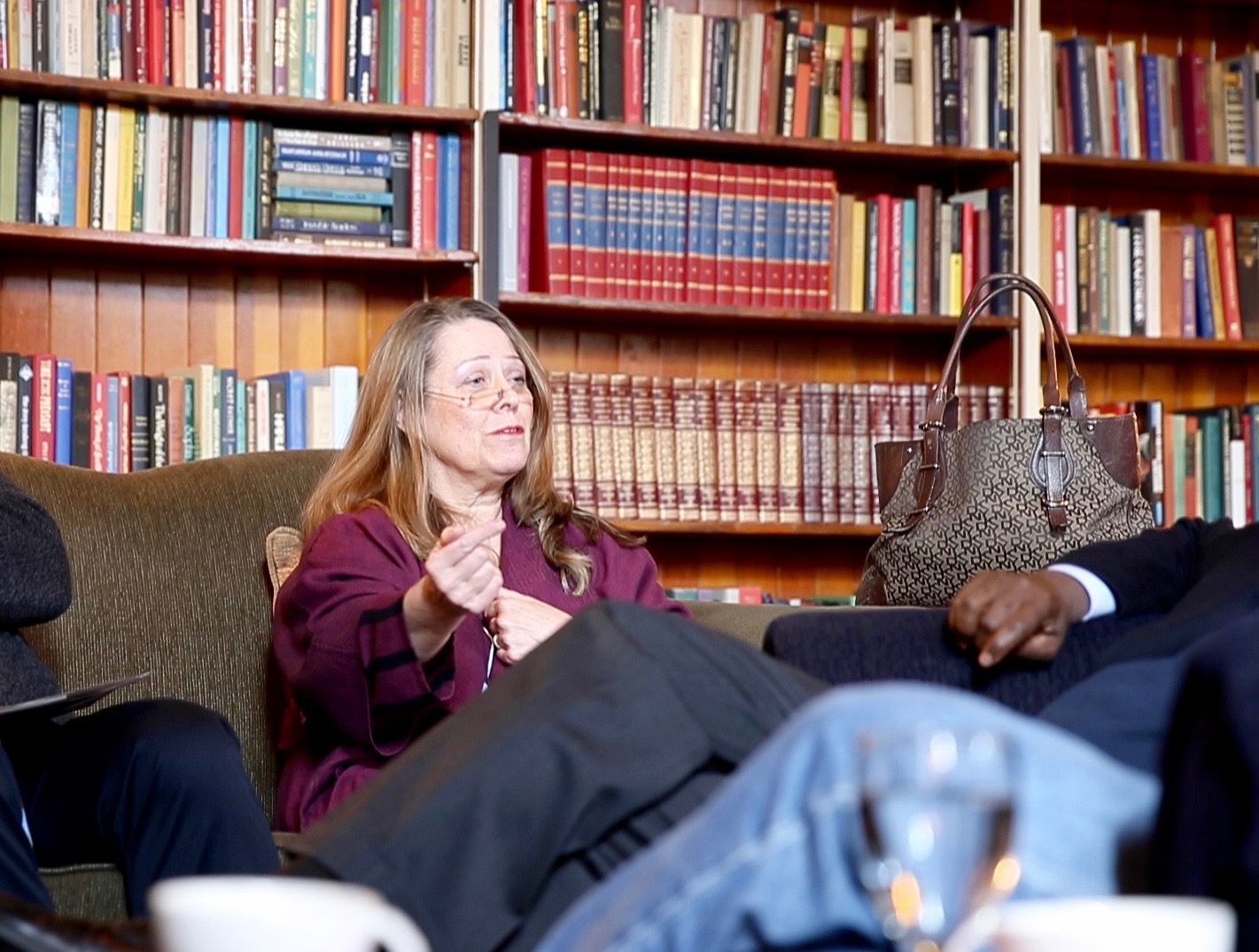
Routledge Releases Latest Edition of the Scripturalizing the Human Project: The Written as the Political
July 9, 2016
ISS Annual Meeting Announcement – 2016
July 9, 2016Lalruatkima Responds to the Huffington Post’s Recent Article on the Legally Enforced Rape of Two Indian Women

 The recent Huffington Post article (“Indian Tribunal Orders 2 Sisters Raped as Punishment for Brother’s Elopement,” August 28, 2015) about the rape-for-elopement punishment meted by an all-male village council in India was both disturbing and confusing. For those keyed in on the recurring reports of rape in the Indian subcontinent, this article only rekindles frustration and anger about gendered violence perpetuated with impunity. How many more cases of rape must be publicized before the governmental agencies and civil society act decisively to put an end to this systemic cycle of violence? The article suggests, by quoting another source, that this inability to act decisively is because of a “trifecta of opposition to action”: societal disregard for sexual violence, police inaction, and the taboo against speaking about rape. This is where the article gets confusing.
The recent Huffington Post article (“Indian Tribunal Orders 2 Sisters Raped as Punishment for Brother’s Elopement,” August 28, 2015) about the rape-for-elopement punishment meted by an all-male village council in India was both disturbing and confusing. For those keyed in on the recurring reports of rape in the Indian subcontinent, this article only rekindles frustration and anger about gendered violence perpetuated with impunity. How many more cases of rape must be publicized before the governmental agencies and civil society act decisively to put an end to this systemic cycle of violence? The article suggests, by quoting another source, that this inability to act decisively is because of a “trifecta of opposition to action”: societal disregard for sexual violence, police inaction, and the taboo against speaking about rape. This is where the article gets confusing.
This “trifecta of opposition to action,” although it sheds much light on the odds stacked against victims of rape and their families, glosses over some significant descriptors cited in the reportage: “higher caste,” “local codes,” and “dominant castes.” In the case cited in this article, the problem is not about societal disregard but the legitimization of rape as appropriate punishment; it is not police inaction that is the problem but the legitimacy of the police harassing the victim’s family; it is not the taboo of speaking about rape that opposes action but the silence that 40,000 signatures in protest will register. How might attention to the descriptors glossed over hone our analysis and response?
“Local codes” and “caste” suggest social ordering. Irrespective of whether there is an urtext that dictates this order, significations on scriptural tradition such as the vedic Purusha Sukta, the varnashrama Dharma, and the Manusmriti have provided the rationale and dynamics of what is referred to as the caste system. The integrity of this stratified system depends on “rules of social behavior and interaction.” Hence, by flouting these “rules” elopement undermined the integrity of that system. Apparently there could be no punishment severe enough to discipline this particular transgressor.
Analyzing scriptural tradition not only through exegesis but through what people do with them and with what consequences sheds light on an important social dynamic: that what we name as caste is a power relationship. It is about who gets to order and classify who is “high” and who is “low,” who decides what is legitimate and what is a transgression.
To analyze why and how these more basic problems persist may not provide the silver bullet against rape but it enables us with a more informed engagement with the world around us.



